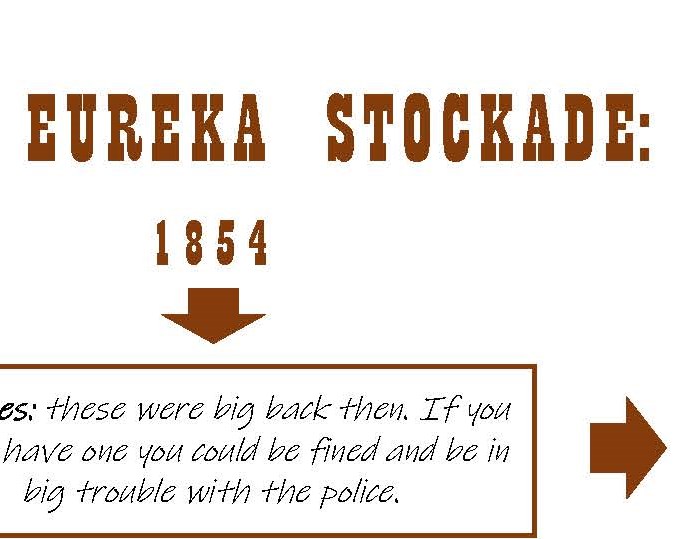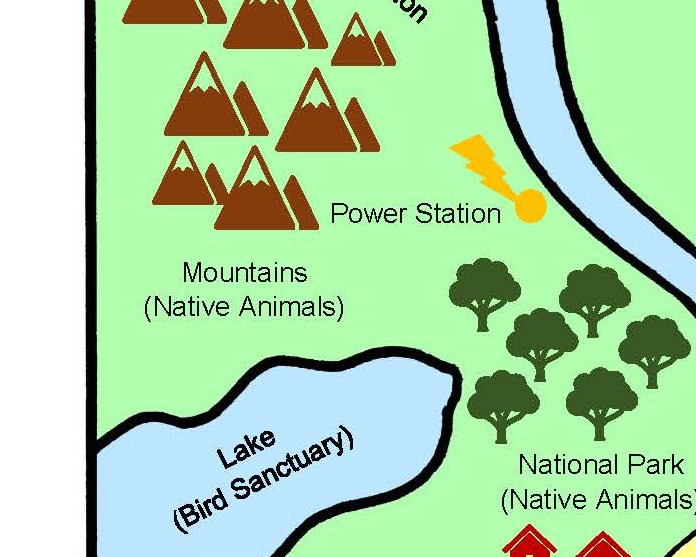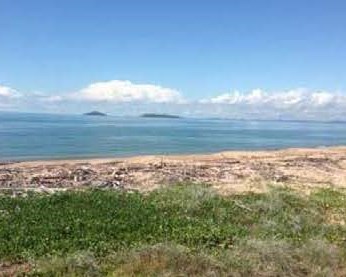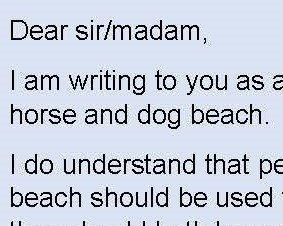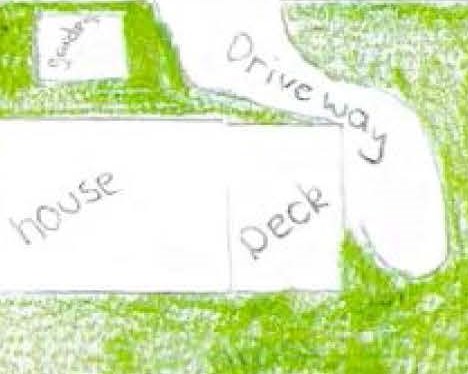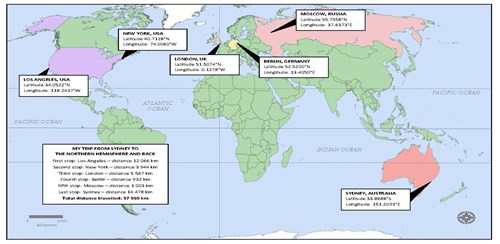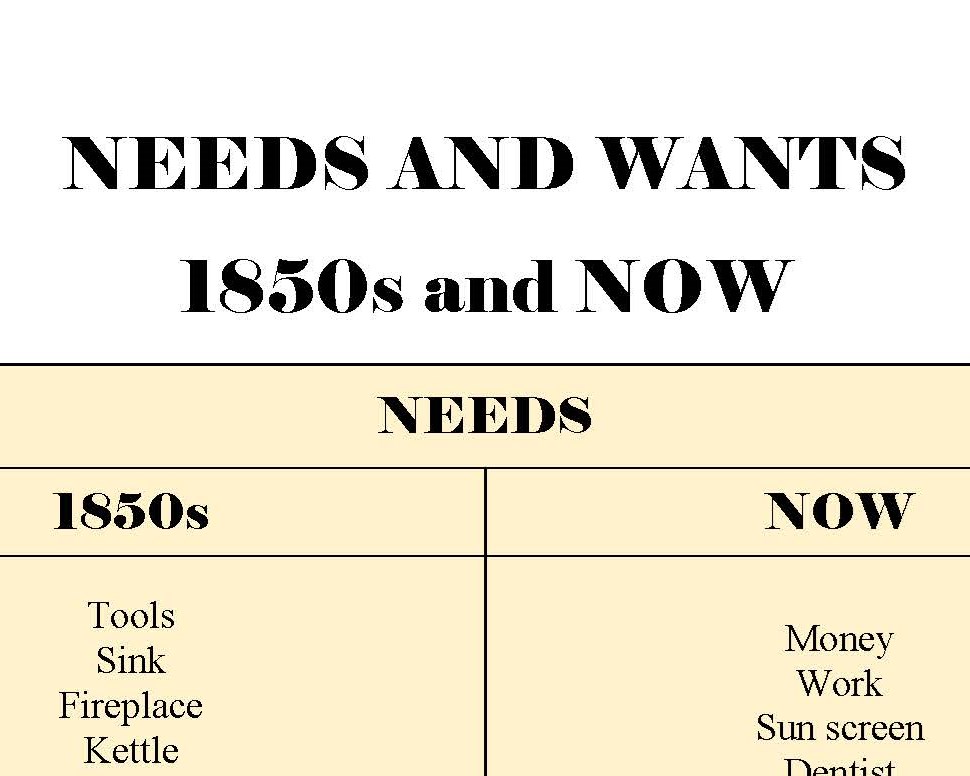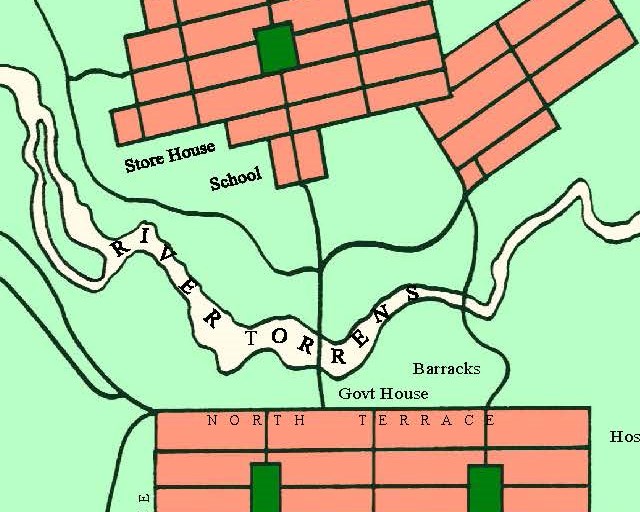Eureka Stockade: rights and responsibilities
Summary of task
Students studied the people and events of 1854 at Ballarat, Victoria. They explored the living and working conditions on the goldfields and the specific actions associated with the Eureka Stockade. At the end of the unit they entered their ideas about the key features of 1854 on a flow-chart and proposed a modern-day equivalent for each of these features. They then reflected on the similarities and differences between the attitudes, actions and responsibilities of people in the past and present. The task was completed in class in one 50-minute lesson.
Achievement standard
By the end of Year 5, students describe the significance of people and events/developments in bringing about change. They identify the causes and effects of change on particular communities and describe aspects of the past that have remained the same. They describe the experiences of different people in the past.
Students sequence information about events and the lives of individuals in chronological order using timelines. When researching, students develop questions for a historical inquiry. They identify a range of sources and locate, collect and organise information related to this inquiry. They analyse sources to determine their origin and purpose and to identify different viewpoints. Students develop, organise and present their texts, particularly narrative recounts and descriptions, using historical terms and concepts.
By the end of Year 5, students identify the importance of values and processes to Australia’s democracy and describe the roles of different people in Australia’s legal system. They identify various ways people can participate effectively in groups to achieve shared goals and describe different views on how to respond to a current issue or challenge.
Students develop questions for an investigation about the society in which they live. They locate and collect information from different sources to answer these questions. They examine sources to determine their purpose and identify different viewpoints. They interpret information to suggest conclusions based on evidence. Students identify possible solutions to an issue as part of a plan for action and reflect on how they work together. They present their ideas, conclusions and viewpoints in a range of communication forms using civics and citizenship terms and concepts.

